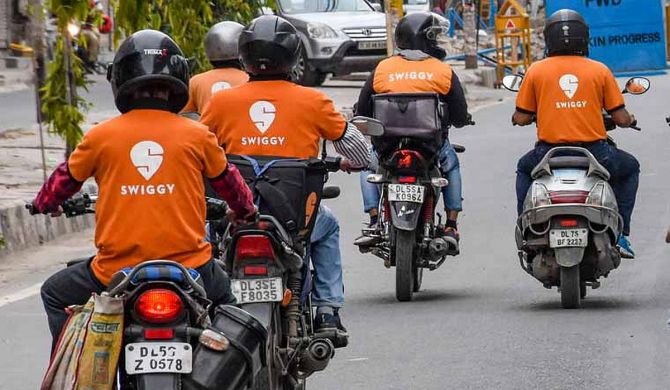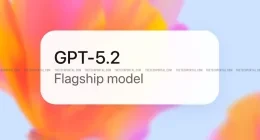Swiggy reported a wider loss for the second quarter (Q2) of the financial year 2025-26, even as its business continued to grow strongly. The company’s consolidated net loss for the quarter ended September 30, 2025, increased (~ 74.4% Y-o-Y) to ₹1,092 crore, compared to a loss of ₹626 crore in the same period last year. At the same time, its revenue from operations increased 54.4% year-on-year to around ₹5,561 crore, up from ₹3,601 crore a year earlier. The strong revenue growth was mainly driven by rising customer demand, higher order volumes, and rapid expansion in its quick-commerce unit, Instamart.
In the food-delivery business, Swiggy saw steady improvement in customer activity and order value. The gross order value (GOV) of this segment increased 18.8% year-on-year to about ₹8,542 crore. The company also reported that its adjusted EBITDA margin in the food-delivery vertical improved slightly compared to last year. But despite these gains, overall losses in the segment remain high because of increased spending on marketing, delivery partner incentives, and technology infrastructure.
Meanwhile, Swiggy’s quick-commerce arm, Instamart, again showed significant growth. The GOV of Instamart more than doubled by 108% year-on-year to reach nearly ₹7,022 crore. And the average order value for Instamart increased by around 40% to ₹697. The firm expanded its network of dark stores, adding around 40 new stores during the quarter. By the end of September, Instamart operated around 1,102 dark stores across 128 cities.
However, Swiggy’s expenses also went up sharply along with its revenue growth. The company’s total spending increased to ₹6,711 crore, compared to ₹4,309 crore in the same quarter last year. The increase was mainly because of higher employee salaries, marketing costs, and expenses related to expanding its delivery network in more cities. As a result, the company’s adjusted EBITDA loss widened to ₹695 crore, up from ₹341 crore a year earlier. In parallel, Swiggy’s board has approved a proposal to raise up to ₹10,000 crore through a qualified institutional placement (QIP) and other financing routes.
All this is happening at a time when Swiggy is facing several challenges and controversies across different areas of its business. For example, in April 2025, Swiggy was asked by the Income Tax Department to pay an extra ₹158 crore for the 2021-22 financial year over issues with tax deductions and unreported income. Earlier, in November 2024, the CCI said Swiggy had broken competition laws by making exclusive deals with some restaurants. Also, in June 2025, the Swiggy app faced a major outage across cities like Delhi, Mumbai, Bengaluru, and Hyderabad. The latest financial results also come at a time when Swiggy’s biggest rival in India, Zomato’s parent company Eternal, reported a 183% increase in revenue to ₹13,590 crore in Q2 FY26, even as its net profit dropped 63% during the same period.
The Tech Portal is published by Blue Box Media Private Limited. Our investors have no influence over our reporting. Read our full Ownership and Funding Disclosure →






